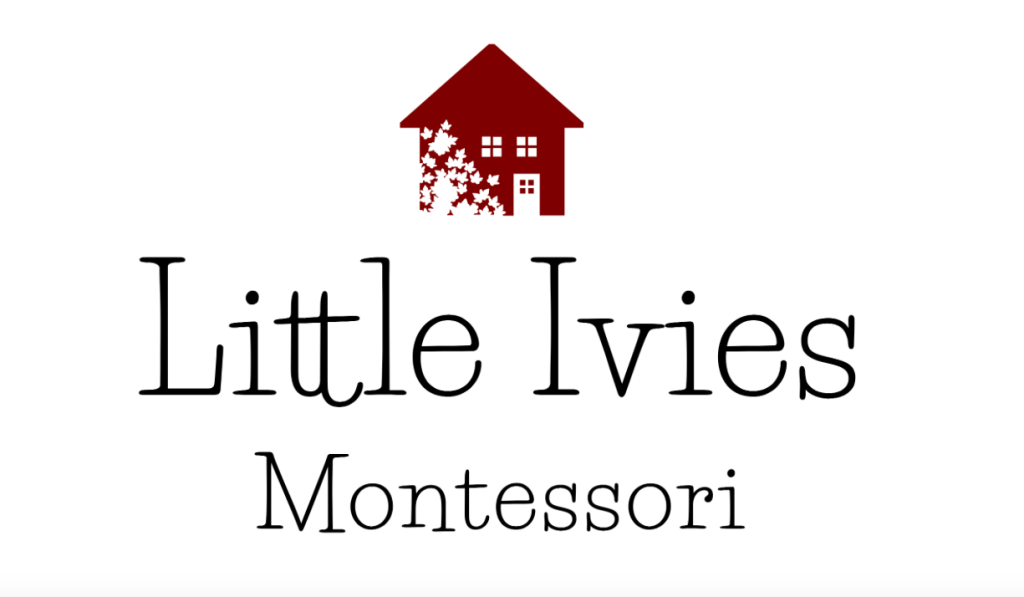Introduction
The Montessori Method of education is a child-centered approach that emphasizes hands-on learning, self-directed activity, and collaborative play. This approach is based on the teachings of Maria Montessori, an Italian physician, and educator who developed this educational philosophy in the early 1900s. The Montessori Method is widely used in primary Montessori schools worldwide, and its principles have been praised by educators and parents alike for their effectiveness.
In this blog post, we will discuss seven of the core teaching principles of the Montessori Method.
- Respect for the Child
The first and most fundamental principle of the Montessori Method is respect for the child. Maria Montessori believed that every child has an innate desire to learn and that the role of the teacher is to facilitate this learning process. Teachers in a Montessori primary school treat each child as an individual with unique talents, interests, and needs. They are encouraged to be independent and self-directed, and the teacher acts as a guide rather than a traditional authority figure.
- Prepared Environment
The Primary Montessori classroom is designed to create a prepared environment that promotes learning. The classroom is carefully arranged to foster independence, exploration, and discovery. The furniture and materials are child-sized and easily accessible, and they are arranged in an organized and attractive way. The children are encouraged to move around the classroom freely, and they are allowed to work with various materials at their own pace.
- Hands-on Learning
Montessori education emphasizes hands-on learning, and the classroom is filled with various materials that children can touch, manipulate, and explore. These materials are carefully chosen to promote specific learning objectives, such as developing fine motor skills, counting, or exploring geography. The children are encouraged to work with the materials independently and are given the time and space to explore and experiment with them.
- Individualized Learning
In a Montessori primary school, the focus is on individualized learning. Each child is encouraged to work at their own pace and to follow their interests. The teacher provides guidance and support, but the child is ultimately responsible for their learning. This approach allows children to develop a sense of independence and self-motivation, which can lead to lifelong learning.
- Primary Montessori School and Classroom Overview
- Montessori primary schools follow the principles developed by Dr. Maria Montessori and are designed to support the natural development of children.
- The Montessori primary classroom is a child-centered environment that allows children to learn independently through exploration and discovery.
- The classroom is divided into different areas, such as practical life, sensorial, language, math, and cultural studies, where children can engage in activities that support their learning styles.
- Importance of Individualized Learning in Montessori Primary Schools
- Individualized learning is a cornerstone of Montessori Education, where children are encouraged to explore their interests and learn at their own pace.
- The Montessori approach recognizes that every child has a unique learning style, strengths, and challenges.
- Individualized learning helps children develop self-confidence, independence, and a love of learning, as they are empowered to take ownership of their education.
- How Individualized Learning is Supported in Montessori Primary Schools
- Montessori teachers act as guides, observing each child and providing individualized lessons and materials to support their learning.
- The classroom is designed to encourage independent learning, with materials accessible to children at all times.
- Children are encouraged to choose their work and are given uninterrupted blocks to engage in activities that interest them.
- Montessori Private Schools use a multi-age classroom model, where children of different ages learn together, allowing for peer learning and mentorship.
- Mixed-age Classrooms
Montessori primary classrooms are often mixed-age, with children ages three to six. This approach allows younger children to learn from older children and to develop social skills through collaboration and cooperation. Older children can also benefit from this approach by taking on leadership roles and developing their sense of responsibility.
- Freedom Within Limits
The Montessori Method emphasizes freedom within limits. Children are free to choose their own activities and work at their own pace, but they are also expected to follow certain guidelines and rules. This approach allows children to develop a sense of independence and responsibility while learning to function in a structured environment.
- Focus on Practical Life Skills
Finally, the Montessori Method places a strong emphasis on practical life skills. Children are taught how to perform everyday tasks like washing dishes, preparing food, or caring for plants. These skills are not only useful in everyday life, but they also promote independence, concentration, and coordination.
Conclusion
In conclusion, the primary Montessori Method of education is a child-centered approach that emphasizes respect for the child, a prepared environment, hands-on learning, individualized learning, mixed-age classrooms, freedom within limits, and a focus on practical life skills. Educators and parents have praised these principles for their effectiveness in promoting lifelong learning and development. If you are considering a primary Montessori education for your child, it is important

